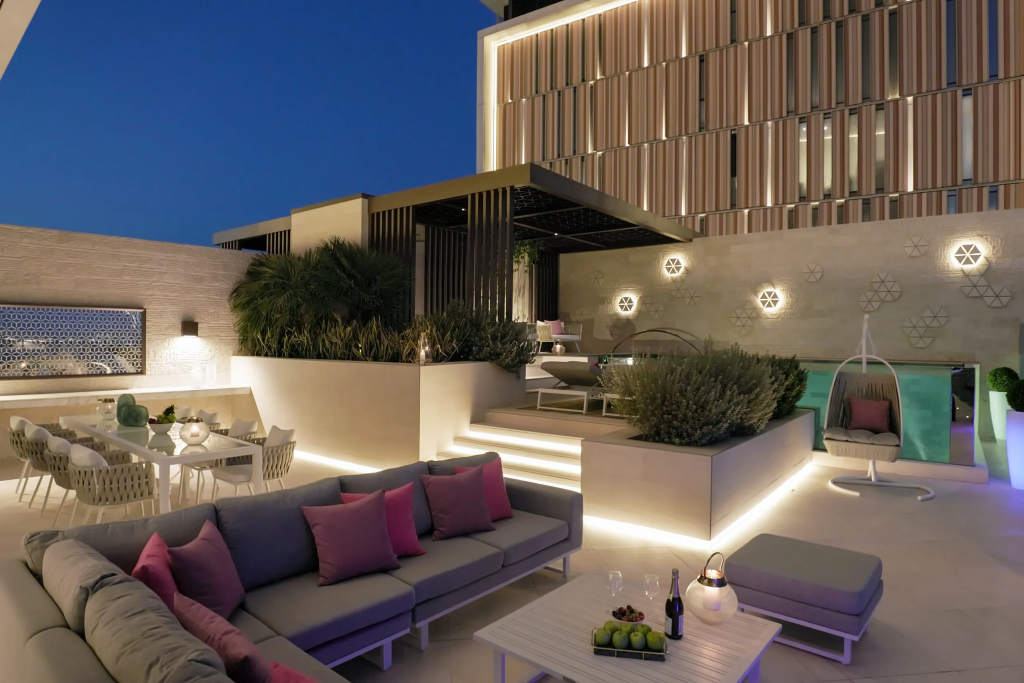Kiosks have become increasingly popular in various industries, serving as self-service stations, information centers, or interactive displays. When it comes to constructing a kiosk, selecting the right material is crucial to ensure durability, functionality, and visual appeal. While there are several materials available, certain options are commonly used due to their suitability for kiosk fabrication. In this article, we explore some of the materials commonly used by mall kiosks manufacturers to make kiosks.
Metal:
Metal is a popular choice for kiosk construction due to its strength, durability, and versatility. Steel and aluminum are commonly used metals in kiosk fabrication. Steel provides excellent structural integrity and can withstand heavy usage and external forces. Aluminum is lightweight, corrosion-resistant, and offers flexibility in design. Metal fabrication techniques like welding, bending, and cutting are employed to shape and assemble metal panels, frames, and components. Metal kiosks are known for their sturdiness and can withstand outdoor elements and high-traffic environments.
Wood:
Wood is another commonly used material in kiosk construction, particularly for indoor or less exposed environments. Wood provides a natural and warm aesthetic, making it suitable for retail and hospitality settings. Plywood or solid wood panels are often used for the construction of kiosk walls and surfaces. Wood can be easily cut, shaped, and finished, allowing for customized designs. However, it is important to consider the maintenance and durability of wood in terms of protection against moisture, pests, and wear and tear.
Acrylic and glass:
Acrylic and glass materials are frequently incorporated into kiosk designs, particularly for display panels and windows. Acrylic, also known as Plexiglas or acrylic glass, is lightweight, durable, and offers excellent transparency. It is often used for display screens, signage, and protective covers. Glass, on the other hand, provides a sleek and premium look, but it is heavier and more fragile compared to acrylic. These materials enhance the visual appeal of kiosks and allow for clear visibility of information or products.
Composite materials:
Composite materials, such as fiberglass or carbon fiber, are gaining popularity in kiosk construction. These materials offer a combination of strength, lightness, and design flexibility. Fiberglass is known for its durability, resistance to weather conditions, and easy molding capabilities. It can be used to create curved shapes and intricate designs. Carbon fiber, on the other hand, is a lightweight and high-strength material commonly used in advanced technology or high-end kiosks. Composite materials provide a modern and sophisticated appearance to kiosks.






